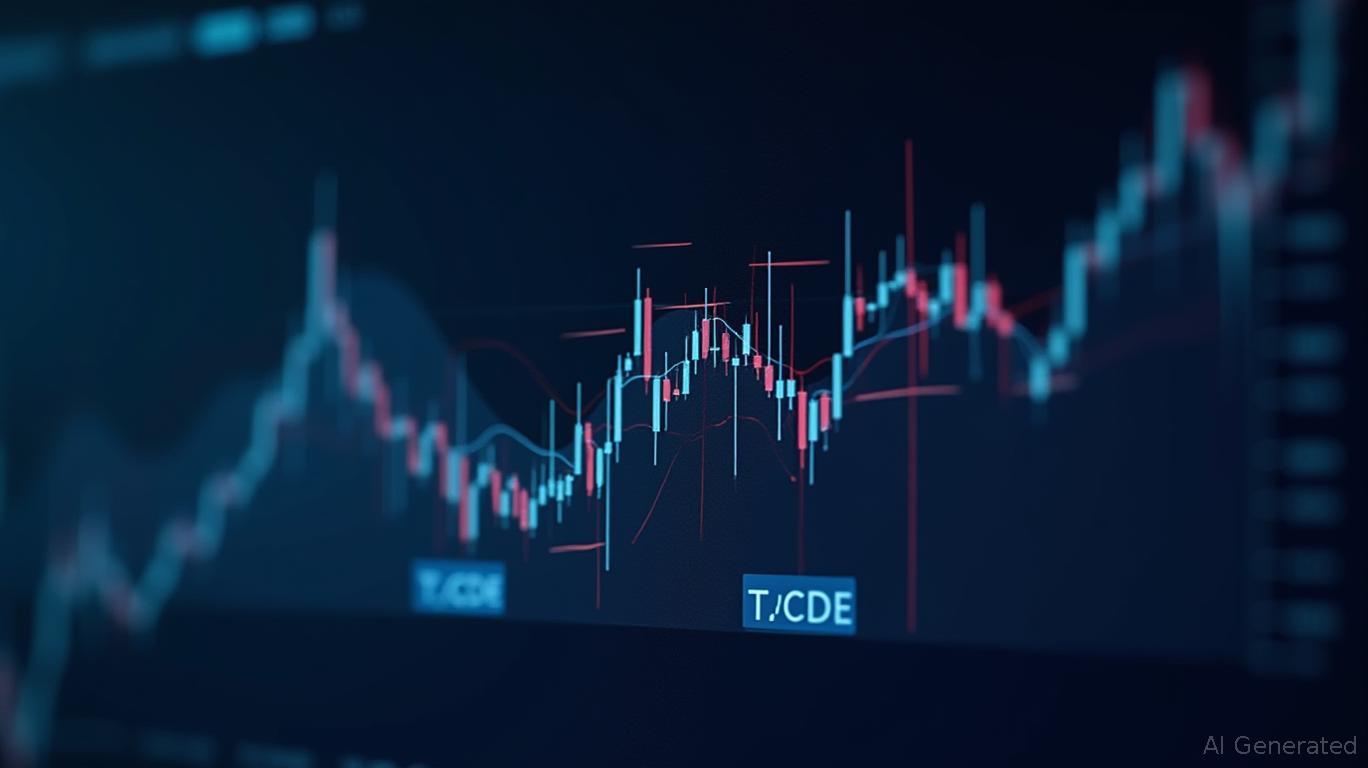AInvest Newsletter
Daily stocks & crypto headlines, free to your inbox
The S&P 500 has been on a rollercoaster ride in early 2025, with market participants oscillating between optimism and caution. Recent data releases and geopolitical developments have amplified this volatility, creating a stark divide between short-term sentiment and long-term fundamentals. Let's dissect the key drivers and what they mean for investors.

The latest May 2025 CPI report showed a modest 0.1% monthly increase, slightly below expectations, with core inflation (excluding food and energy) also easing. This has been a boon for short-term traders, as it eases fears of aggressive Federal Reserve rate hikes. However, the shelter component, which accounts for nearly one-third of CPI, rose 0.3%, driven by lagging rent increases. This persistent pressure suggests that core inflation could remain elevated even as energy prices stabilize.
The Producer Price Index (PPI) for May added another layer of complexity. While final demand prices rose 0.1%, energy and unprocessed goods saw sharp declines (jet fuel fell 8.2%, natural gas by 18.7%). Yet, services like trade margins and healthcare costs edged higher. The disconnect between input costs (which are dropping) and final prices (which are sticky) highlights a transitory relief for consumers but long-term uncertainty for businesses.
The June 2025 U.S.-China trade deal, reducing tariffs to 30% and 10% respectively, sparked a brief rally in equities. The S&P 500's 6.3% surge in May reflected this optimism. However, the agreement is a 90-day pause, not a permanent resolution. Key issues—like rare earth exports, intellectual property disputes, and semiconductor restrictions—remain unresolved.
For investors, this creates a short-term vs. long-term dilemma:
- Short-term sentiment: The truce has eased immediate fears of a trade war escalation, allowing sectors like tech (AI stocks like NVIDIA and Alphabet) to rally.
- Long-term fundamentals: Tariffs are still punitive (30% vs. 145% pre-deal is a cut, not elimination), and China's six-month rare earth deal offers no guarantees. Sectors like autos and industrials—already burdened by 14% valuation discounts—face prolonged headwinds.
Market volatility is a direct reflection of this divide. The CBOE Volatility Index (VIX) spiked in April amid trade fears but retreated post-deal. Yet, it remains elevated compared to pre-trade-war levels (mid-20s vs. lows in the teens). This suggests traders are pricing in near-term uncertainty (e.g., July's tariff expiration deadline) but not yet discounting long-term structural issues like supply chain fragmentation or rising protectionism.
Investors must ask:
1. Short-term: Will the July 2025 tariff expiration lead to renewed volatility, or will a permanent deal emerge?
2. Long-term: Can the U.S. and China decouple trade risks without stifling growth?
The path forward requires balancing both perspectives:
Hedge with Volatility: Use inverse volatility ETFs (e.g., XIV) if the VIX dips further, but exit before major data drops to avoid surprise spikes.
Long-Term Focus:
Avoid Tariff-Laden Sectors: Steer clear of industrials and autos, where valuations already reflect risks but could face further pressure if tariffs persist.
Monitor Key Metrics:
The S&P 500's volatility is here to stay until inflation and trade risks are resolved. Short-term traders can profit from data-driven swings, but long-term investors must prioritize sectors with structural tailwinds over temporary sentiment shifts. As the old Wall Street adage goes: “Volatility is the friend of the long-term investor, the enemy of the short-term speculator.”
Final Advice:
- Aggressive Traders: Deploy short-term strategies around CPI/PPI releases and the July tariff deadline.
- Core Portfolio: Overweight tech and consumer staples; underweight trade-sensitive sectors.
- Stay Alert: The July 2025 tariff expiration is a critical inflection point—position for both outcomes.
In this high-volatility environment, discipline and perspective are your best defenses.
Delivering real-time insights and analysis on emerging financial trends and market movements.

Dec.24 2025

Dec.24 2025

Dec.24 2025

Dec.23 2025

Dec.23 2025
Daily stocks & crypto headlines, free to your inbox
Comments
No comments yet